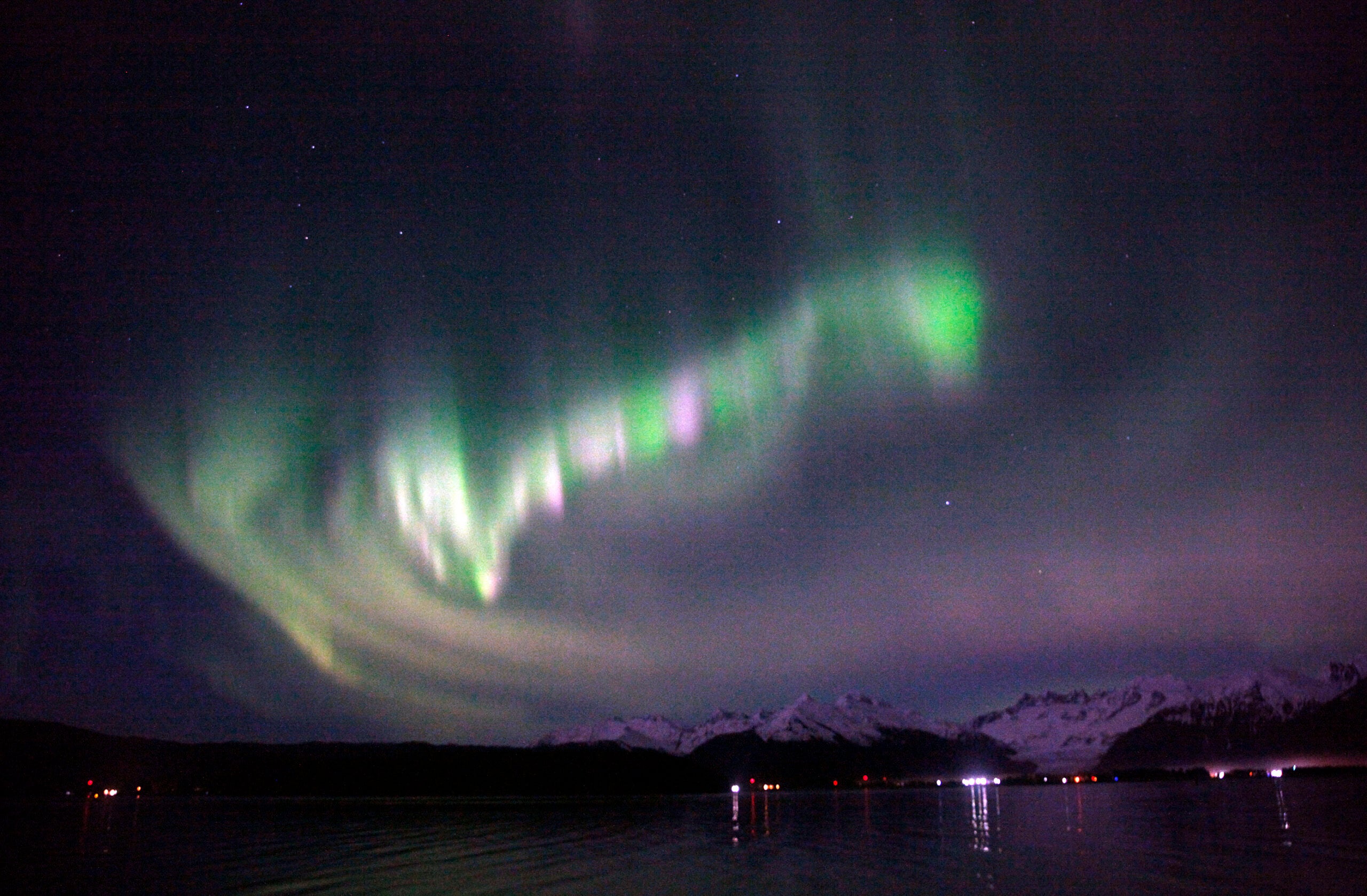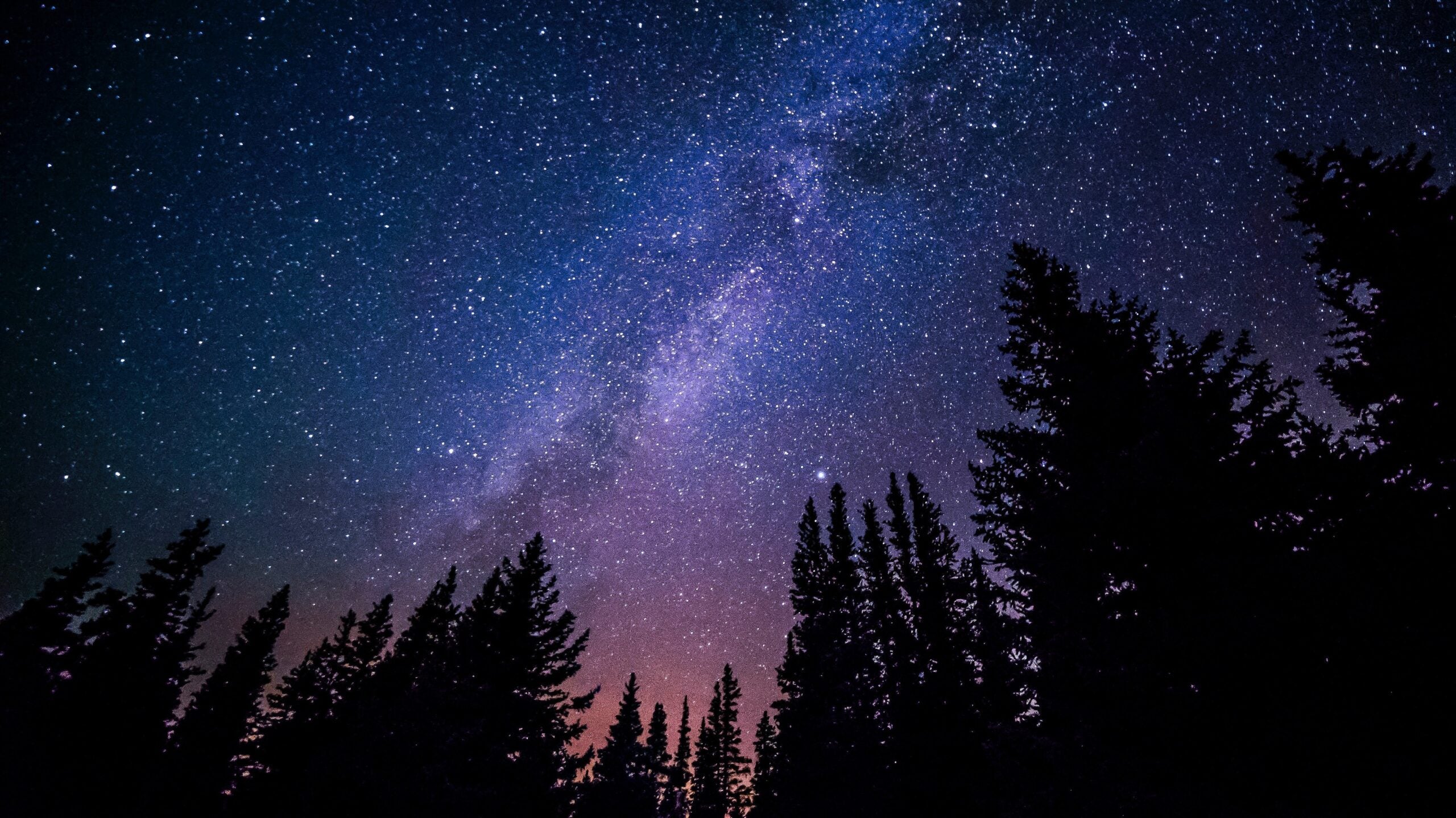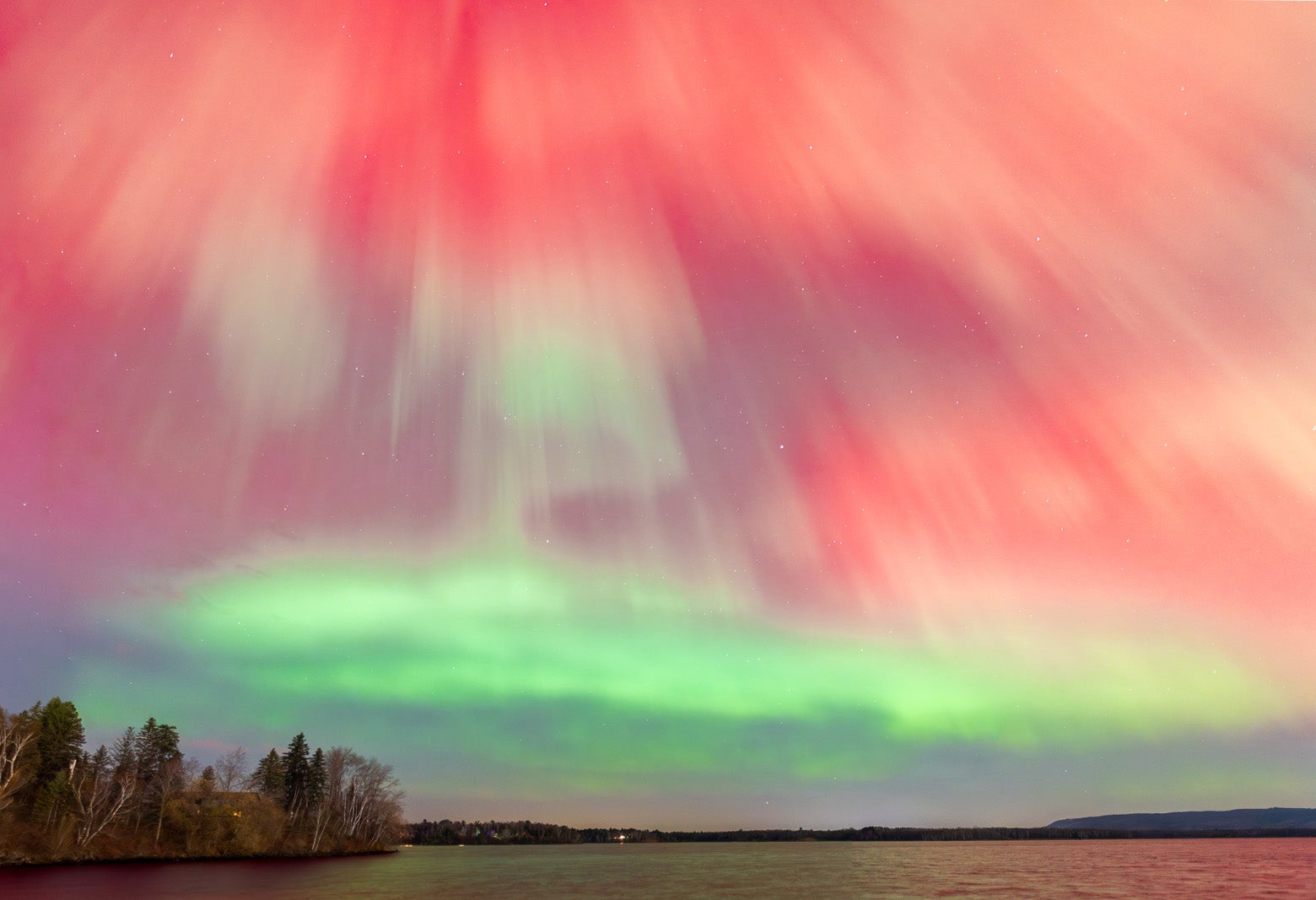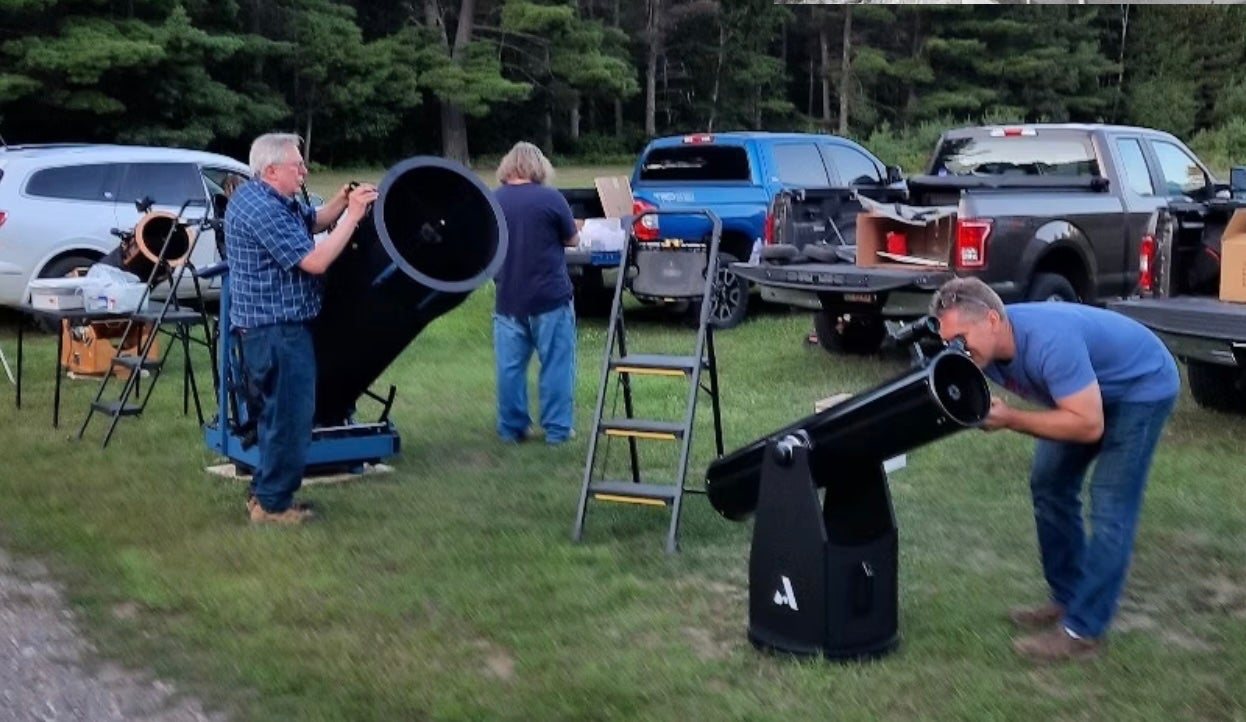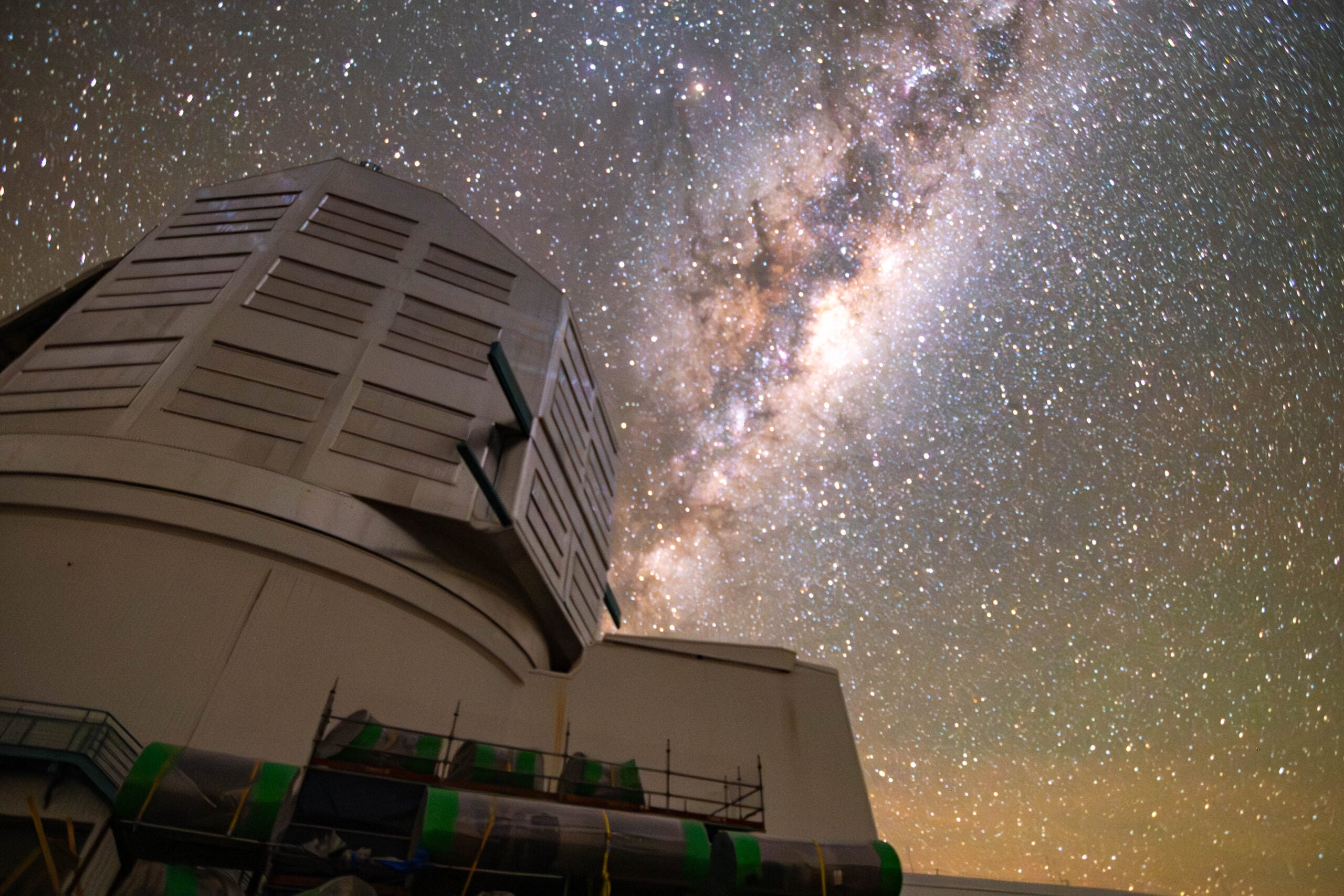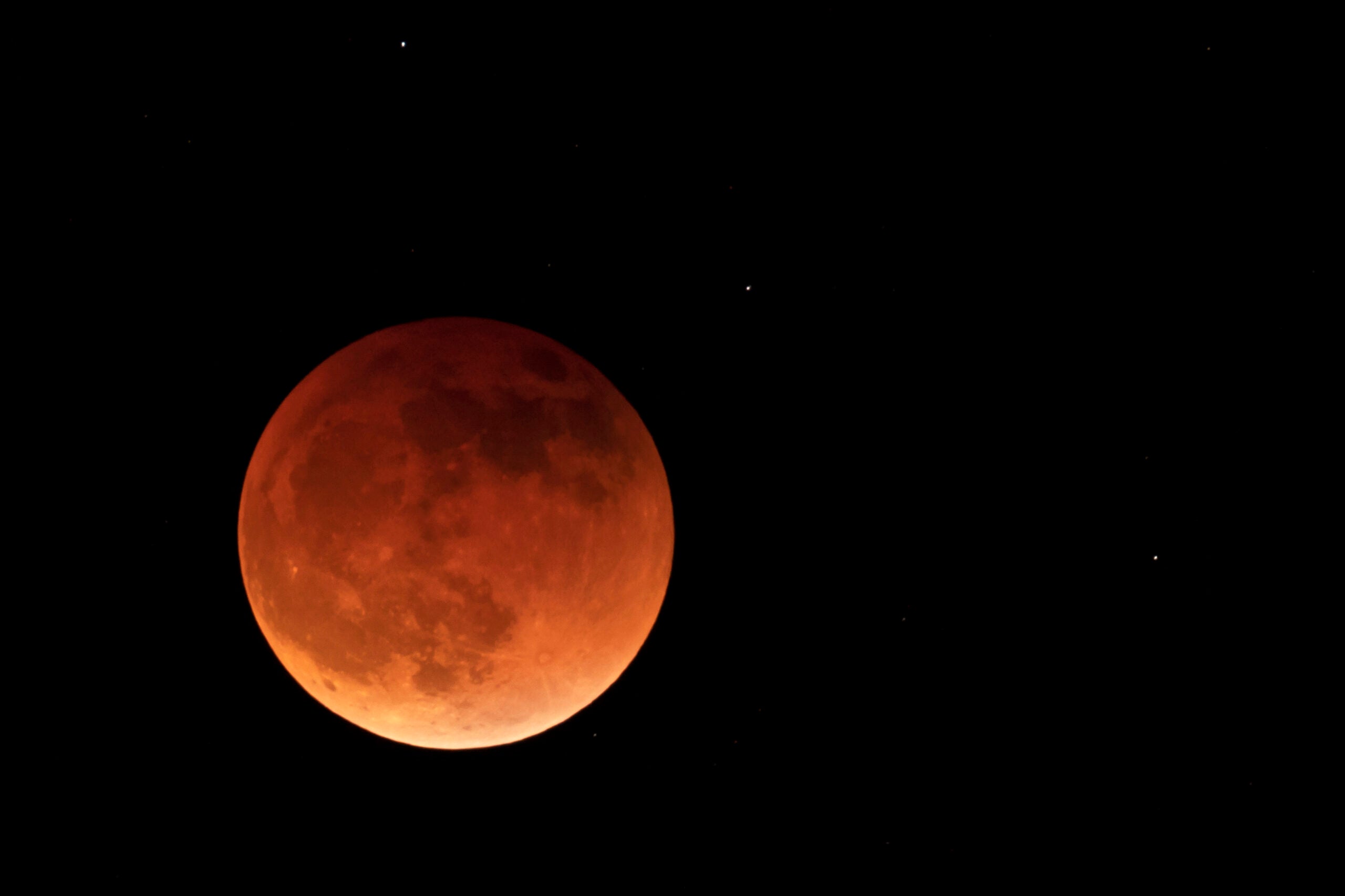Back in the late 1980s, David Eicher saw what looked like a Disney light show in the Milwaukee sky.
He considers that vivid of an aurora borealis sighting “a very rare one,” but even more standard versions of the stunning aerial display are still awe-inspiring.
That’s because most sights in the sky are so far away that they appear static — “a single frame in a cosmic movie” — to viewers on Earth, he said. The aurora borealis, commonly known as the northern lights, change shape right in front of us over seconds and minutes.
News with a little more humanity
WPR’s “Wisconsin Today” newsletter keeps you connected to the state you love without feeling overwhelmed. No paywall. No agenda. No corporate filter.
“I’ve spent a lot of time under the stars,” he said on WPR’s “Central Time.”
These transcendent views aren’t off limits to Wisconsinites. Yes, the aurora borealis is most visible to places such as Iceland, Norway and Alaska — given their proximity to a ring around the planet’s poles called the auroral oval. But Eicher, the editor-in-chief of Astronomy Magazine who lives in the village of Waukesha, shared tips for how to see the lights from his home state.
“It’s not a terrible place to be,” he said.
Follow along

There are websites that give real-time predictions of solar activity, Eicher said. One of them is spaceweatherlive.com. There’s also the Space Weather Prediction Center through the National Oceanic and Atmospheric Administration.
One specific phenomenon worth watching out for is a coronal mass ejection, which is like a “belch of energy,” much larger than what normally flows toward Earth, he said.
About two days or so after a coronal mass ejection, he said the chances of seeing an aurora in the sky are very good.
Get away from the light
Once it’s clear when it’s a good time to spot the northern lights, he said it’s quite important to go far enough away from city lights, which would drown out the natural night sky.
From a good location, look toward the north. He also suggested looking at an angle that is about halfway toward looking straight up in the air.
Check the calendar
Broadly speaking, March is a good month to see the lights because the weather is getting warmer and the Earth’s axial tilt is favorable, he said.
But how easily visible the northern lights are has more to do with the actual activity of the sun, which he said isn’t tied to any specific month. That’s why following those websites can be helpful in gauging when the sun is sending a burst of energy.
A space.com article says it’s best to see the lights between September and April. It’s worth keeping in mind local weather (avoid cloudy nights, of course) and moon phases (a full moon can be rather bright), as well.
While it’s possible to get a burst of activity from the sun at any point, Eicher said there are high points during an 11-year cycle of solar activity.
Such a high point might only be a few years away.
“The sun is getting more active now, and in 2026 it’ll be at a maximum during that cycle,” he said. “The coming few years are going to be good.”
Wisconsin Public Radio, © Copyright 2025, Board of Regents of the University of Wisconsin System and Wisconsin Educational Communications Board.

